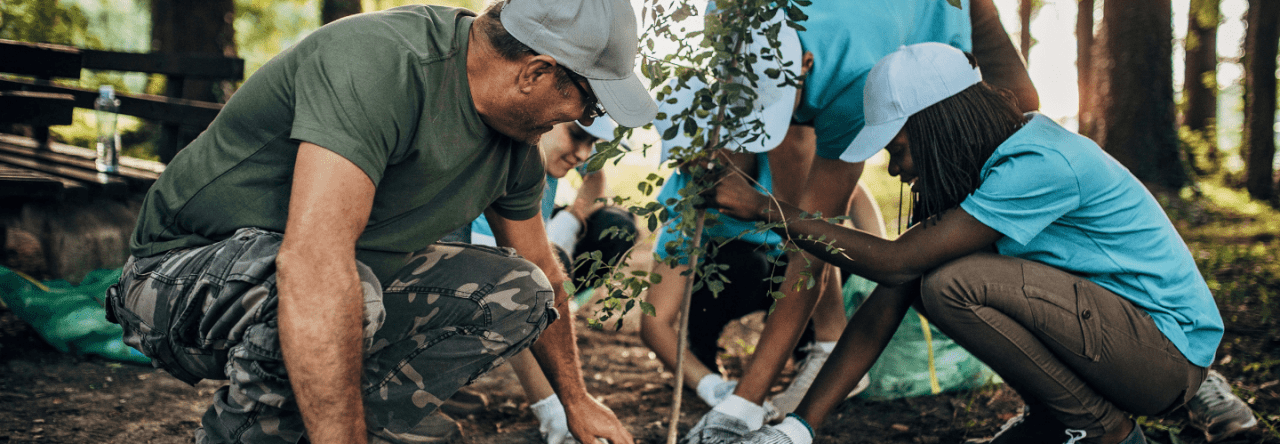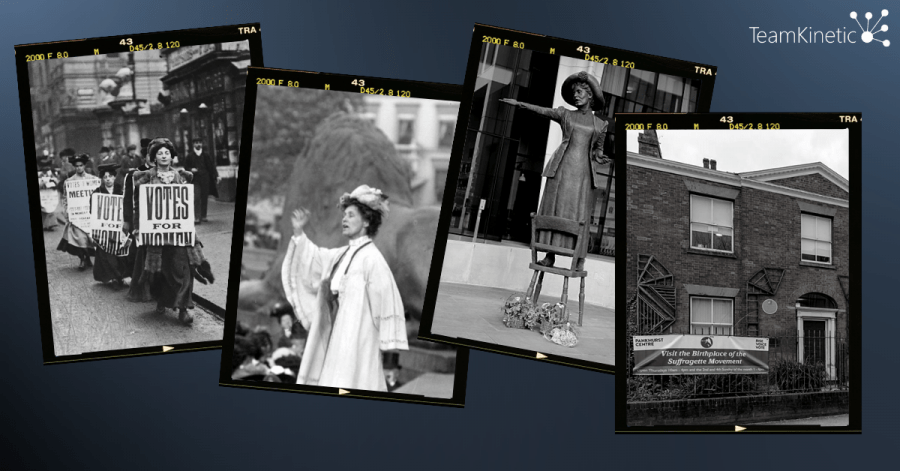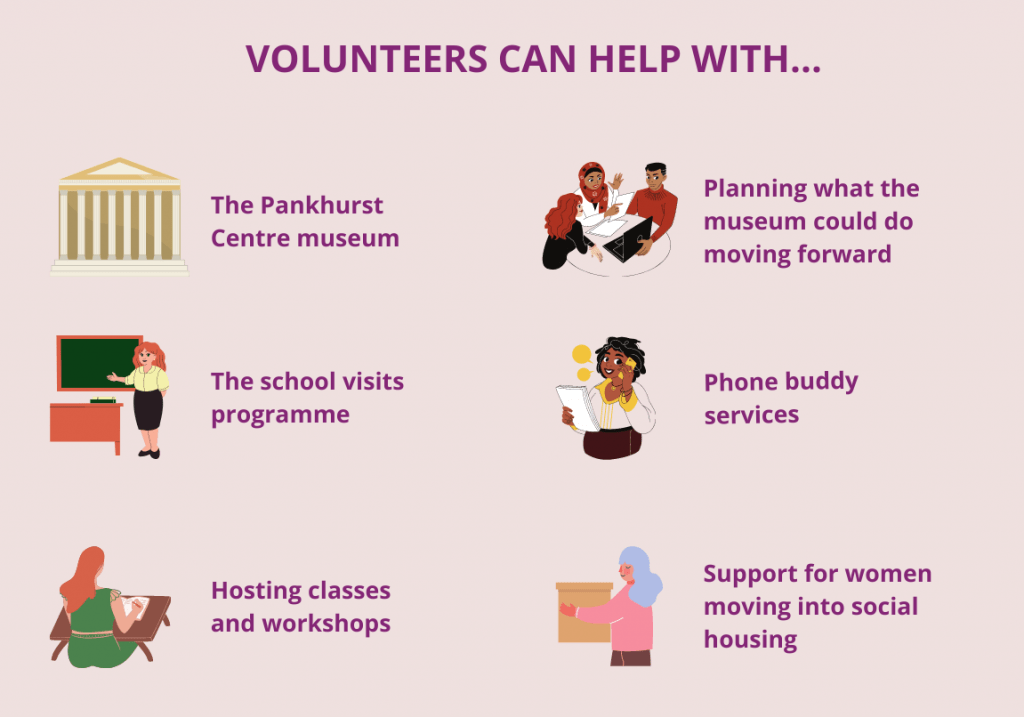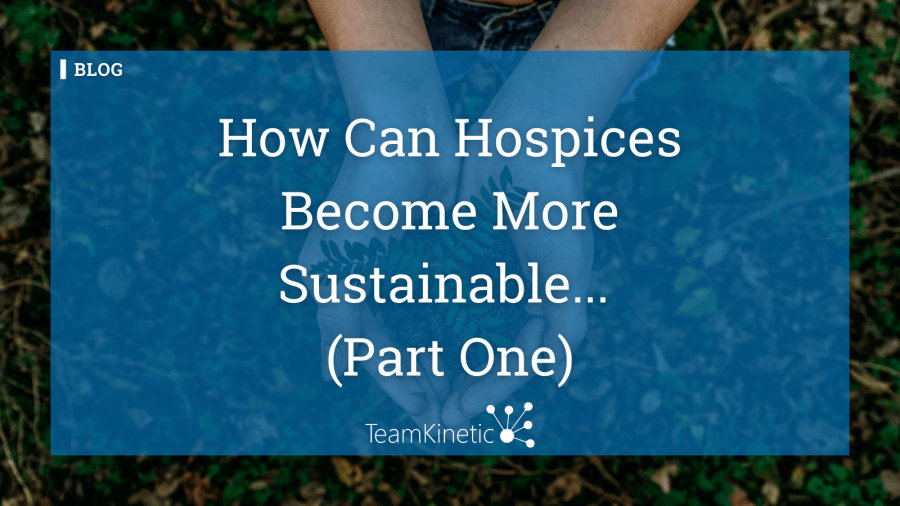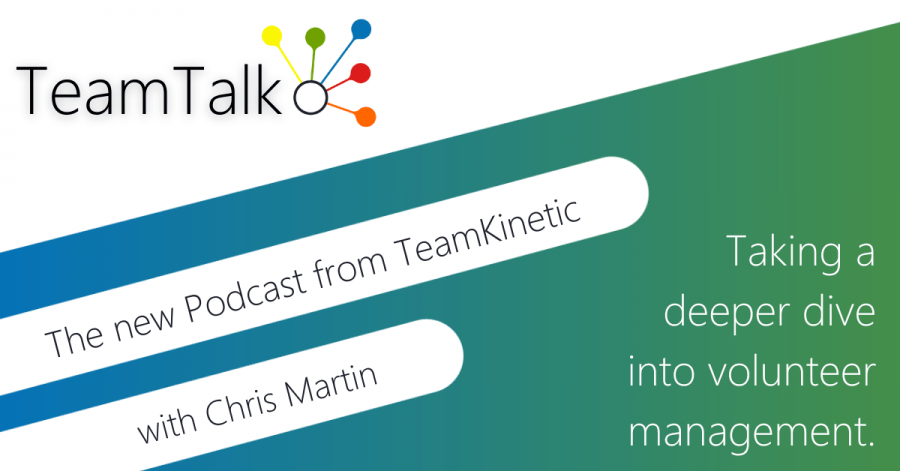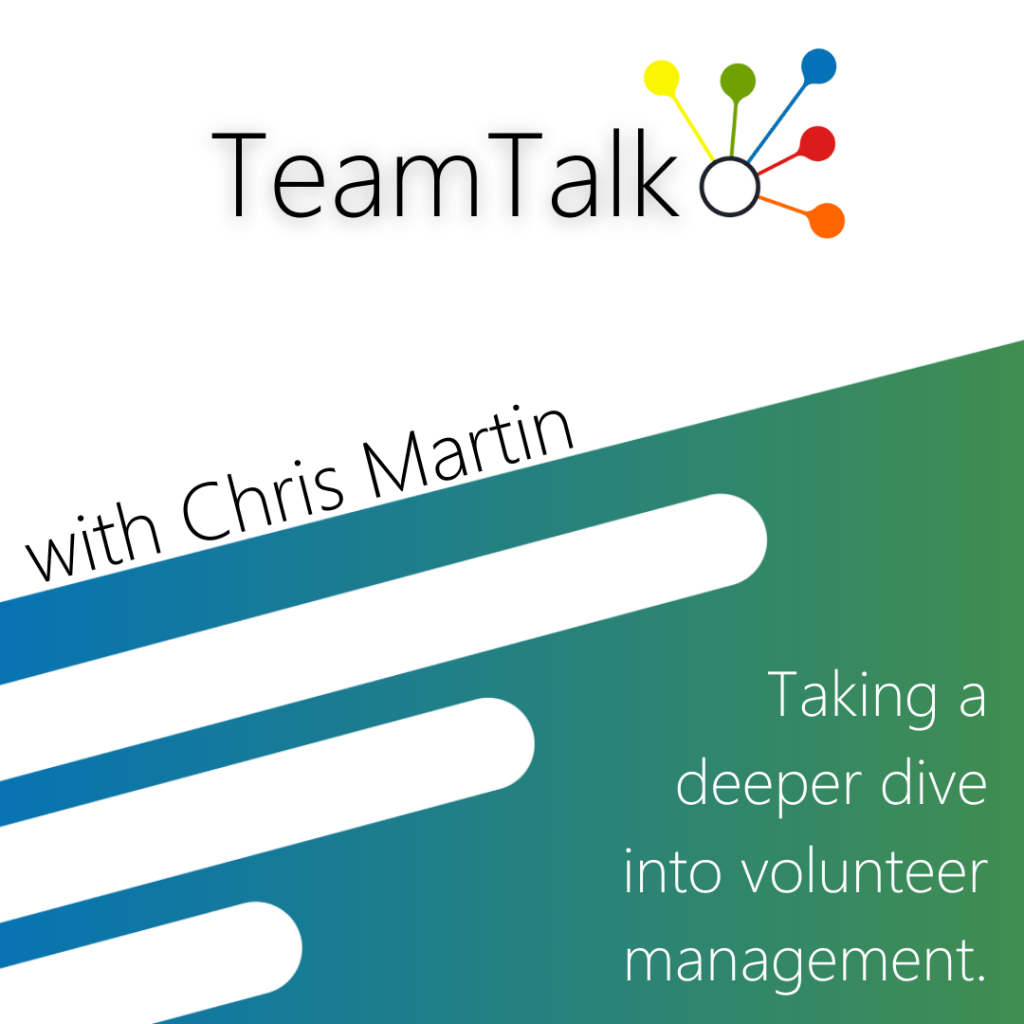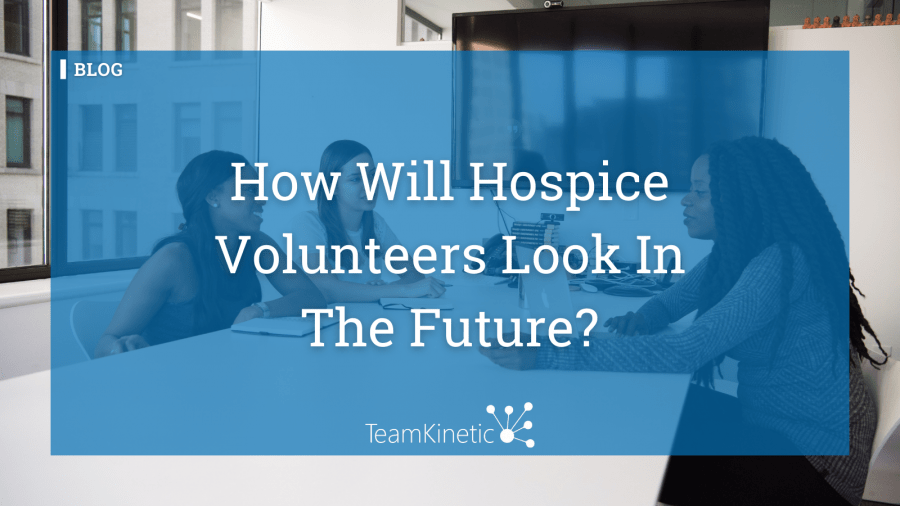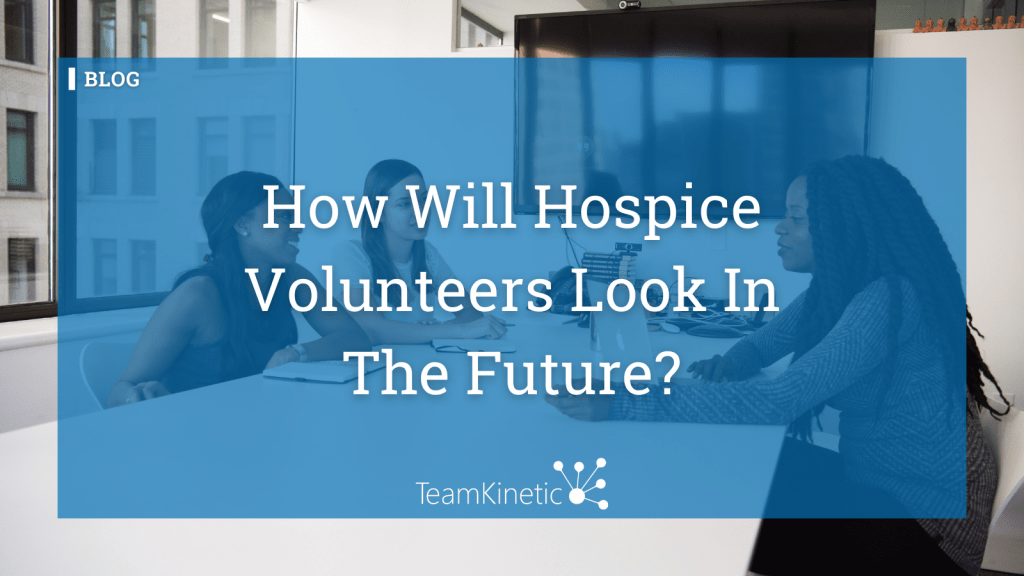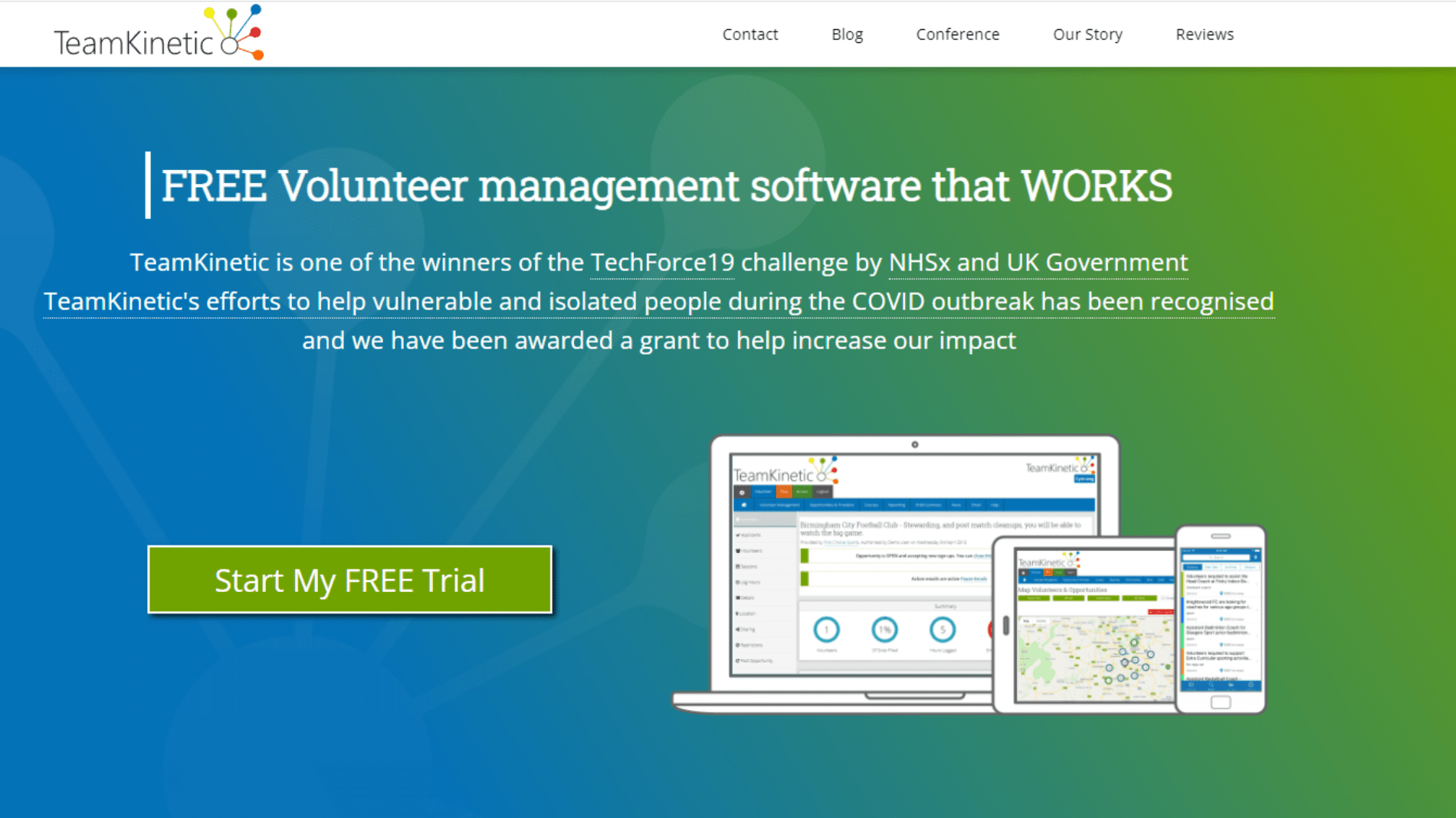Over the past few years, there’s been a real focus on walking away from stacks of papers, and investing in an online volunteer management system. While we may be biased, we have to agree! No matter where you are on your journey, keeping your volunteers in the loop will help volunteers start embracing your new system.
So how can you give those encouraging pushes to your volunteers, to help them start embracing your online system?
Embracing Your Vision.
Let your volunteers know what you’re planning! Your volunteers are vital to your success as a program, so let them in behind the curtain of your volunteer program. While you might not be up and running straight away, keeping your volunteers in the loop brings a sense of community. Every milestone you hit can be shared, and celebrated, with everyone who adds to the organisation.
It can also be a time where you can be transparent with your volunteers as you work on understanding your new platform. TeamKinetic’s implementation is as slow or as fast as you like; whenever you’d like to debut your new volunteer management system, we’ll be ready! If it’s going to take a little while longer- let your volunteers know! You’ll develop a stronger connection with your volunteers if you update them on how your organisation plans to move forward.
Remember, your volunteers don’t need to know everything that’s going on behind the scenes. Leaving them with a few updates along the way will excite them for what’s to come. Once you’re up and running, make sure to let them know the important ‘stuff’; how can you register? How to join an opportunity? Where can you reach us for support?
Volunteer Access.
For many organisations, some of their volunteers don’t have access to online devices like a computer or a smart-phone. So as you plan your transition to an online platform, think about the ways in which you can reach those volunteers who might not be online or internet ready.
Why not offer regular drop in sessions where volunteers can pop in, and register in-person. You can also support new volunteers who may need some training or a welcome chat! For volunteers who might not fully understand the system, show them the basics first! Build up from there and your volunteers will be embracing the system as they go.
It’s not something we really have to say, but make sure you have a team supporting your volunteers. You’ve been using the system in training, and everyday use. Your volunteers will be using the system for the first time- so expect a lot of questions from volunteers! Try encouraging your volunteers to spend time on the site getting to know where they can find everything and what the basic functions are…
Let your volunteers know about the features…
One way to indulge volunteers into a platform is to let them know about the features that suit them best. Some of the best features we’ve found that are loved by volunteers are…
Online registration. Volunteers have an easy-to-follow, easy to access registration process and profile that they can keep coming back to keep track of when they’re volunteering, the opportunities they like and what’s happening within the organisation. A volunteer site is a great place for all of this to sit!
Achievement badges. When a volunteer hits a certain number of volunteer hours, or has been awarded volunteer of the month at an organisation, an achievement badge popping up against their profile can be the biggest encouragement for a person to carry on volunteering. At TeamKinetic, we’ve seen first hand how achievement or participation badges have motivated volunteers to volunteer more. It also lets them know how much they’re valued at your organisation.
Communication. At TeamKinetic, we believe that two-way communication is a massive factor in keeping your volunteers coming back to volunteer time and time again. Not only can both pirates keep in touch with updates, but organisations can show that they’re around for their volunteers- check in with them and see how they’re doing! Where a volunteer feels valued and listened to, they’ll continue to return.
Time to start embracing volunteer management?
Hopefully this has helped you understand how to engage your volunteers on your new system or help them come round to the online space you’ve provided! If you’re looking for a volunteer management system, why not try a free trial with us at TeamKinetic over on our website.
Or book in a demo with us! Simply call or email on 0161 914 5757 or katie@teamkinetic.co.uk.

